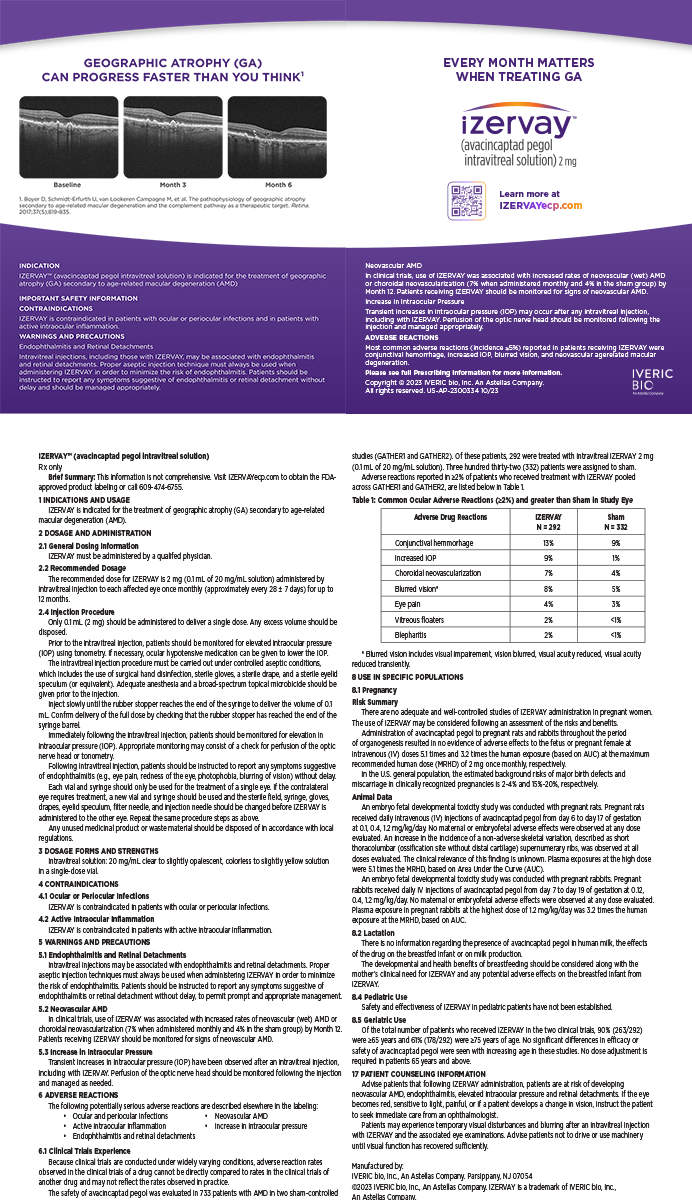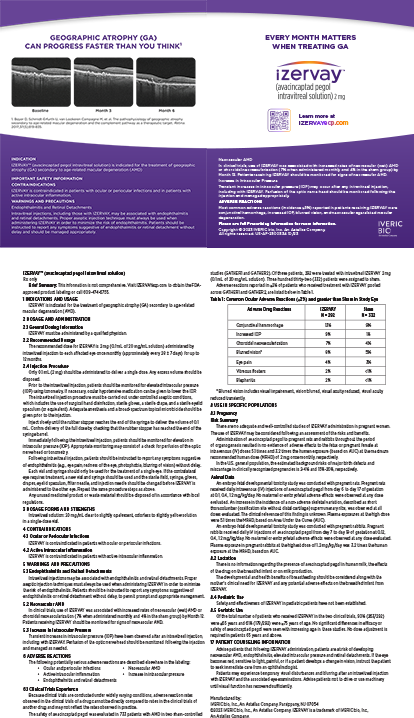In 1998, surgeons at the Mayo Clinic College of Medicine in Rochester, Minnesota, began studying the effect of PRK and LASIK on the density of corneal keratocytes. During the 6th International Congress on Advanced Surface Ablation & SBK, William Bourne, MD, Professor of Ophthalmology at the Mayo Clinic College of Medicine presented the 7-year results of this prospective, longitudinal, observational study.1
CORNEAL SUPPORT SYSTEM
Keratocytes are specialized cells that secrete the collagen and proteoglycans needed to maintain the clarity and curvature of the cornea. Research has shown that the anterior 10 of the stroma—the layer of tissue that is ablated during PRK and included in a LASIK flap—contains the greatest density of corneal keratocytes.2 Because the minimum number of keratocytes needed to maintain the corneal stroma is unknown, the destruction of these cells during cornea-based refractive surgery may have long-term consequences for patients' corneal health.
The Mayo Clinic study included 23 myopic patients who underwent PRK (18 eyes of 12 patients) or LASIK (16 eyes of 11 patients) with the Visx Star S2 excimer laser (Advanced Medical Optics, Inc., Santa Ana, CA). Each patient was examined with a tandem scanning confocal microscope (Tandem Scanning, Reston, VA) to measure the density of keratocytes preoperatively as well as 6 months and 1, 2, 3, 5, and 7 years after surgery. This device applanates the cornea and captures images of keratocytes at different corneal depths. Instead of hand-counting the keratocytes, Dr. Bourne and colleagues developed a system that automatically identifies the individual cell nuclei and uses a stereologic method to calculate the cell density at different stromal layers.3
COMPARING CHANGES IN CORNEAL COMPOSITION
Although both PRK and LASIK correct refractive errors by selectively removing stromal tissue, noted Dr. Bourne, the most anterior stroma was removed in PRK, whereas LASIK removed tissue 160 ?m deep to the epithelial surface. For analysis, the stroma was partitioned into five layers for PRK and six layers for LASIK (Figures 1 and 2).
RESULTS
By 6 months postoperatively, the mean number of keratocytes in the anterior 10 of PRK patients' stroma had decreased from 45,000 cells/mm³ to approximately 35,000 cells/mm³. The downward trend continued until 1 year postoperatively, when the density stabilized at approximately 30,000 cells/mm³. At 7 years postoperatively, the density of keratocytes in the anterior stroma of PRK patients was approximately 32,000 cells/mm³, a total decrease of approximately 28 from the preoperative baseline (Figure 3).
Dr. Bourne and colleagues observed similar results among the LASIK patients, whose anterior flaps had lost approximately 13,000 keratocytes/mm³ on average by 6 months postoperatively. One year after surgery, the keratocyte density had decreased by 34 (from approximately 49,000 cells/mm³ to approximately 32,000 cells/mm³) and remained low after 7 years (approximately 35,000 cells/mm³) (Figure 4).
SUMMARY
This study showed that the density of keratocytes in the anterior corneal stroma decreases substantially during the first year after PRK and LASIK, and their number remains reduced for at least 7 years. If the number of keratocytes remaining after these procedures is insufficient for long-term stromal maintenance, then changes in corneal clarity or curvature might be expected to develop many years after either procedure. Although Dr. Bourne and his colleagues feel that this scenario is unlikely, they state that it cannot be ruled out at this time. Additional studies into the effects of chronic keratocyte deficiency on the cornea are warranted.
This study is supported by the National Institutes of Health grant No. EY02037, Research to Prevent Blindness, and the Mayo Foundation.
William M. Bourne, MD, is Professor of Ophthalmology at the Mayo Clinic College of Medicine in Rochester, Minnesota. He acknowledged no financial interest in the products or companies mentioned herein.


